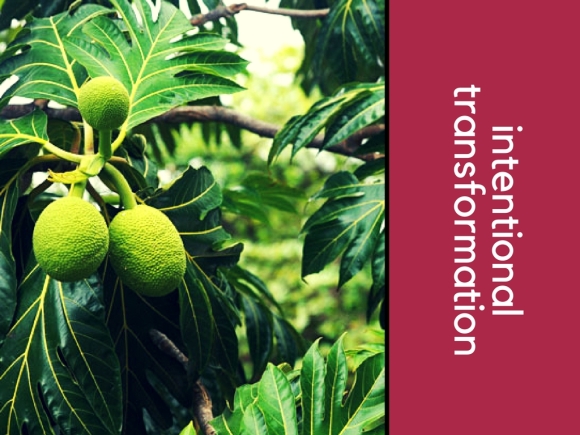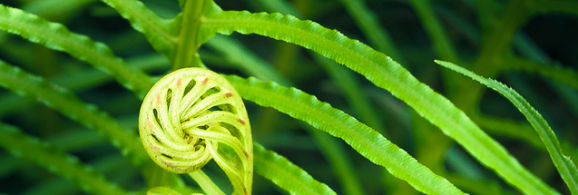
The doctoral (Ed.D.) program I was a part of at the University of Hawaii Mānoa is currently on their third cohort so one of my colleagues asked me to talk to them about how I chose my dissertation and how I created my own frame for writing.
The presentation is here. Cohort III 180224
The first three slides are a series of questions to ask in order to choose a dissertation.
- What is your puna?Find your spring, your puna, the source of your passion. . .talk from that place, positionality. How do you position yourself so that this is what nurtures you? Find the source of the waiwai. For me, it was professional development, birthing programs that throughout my career gave me the most strength so that is what I did in my dissertation. I created the alana project which was a culture based PD course built around writing project structures.
- What is your kuleana?Why are you doing this? Who are you doing this for? Who is your community? How do know what your community needs? What is your kuleana within this community? Kuleana is complex. Embrace that complexity. Every indigenous person lives in complexity. We survive history, geography, politics, social inequalities. . .complexity. In order for me to continue to fulfill my kuleana to my moʻopuna, to the seven generations of moʻos, the complexity has to happen on the ground and I need to know before I even start that I will be stepping forward and responding in a space that I do not control, so how do I embrace that complexity in order to auamo kuleana? My kuleana is to my moʻos and how do I nurture teachers that are worthy of my moʻos and what I dream for them.
- Is this moʻo worthy?Is your project a part of your moʻokūʻauhau? Is this a moʻolelo you want to tell? Is this worthy of your moʻopuna? If yes, move forward. If no, don’t force it. E kaʻahele i ka māʻawe i ka pono. Travel on the good trail, the trail of goodness, righteousness (pono)
- The last slide is about why I had to make a different frame to tell my story. Intentional transformation.”There is a need to be intentional in order to be both transformative and rigorous” Graham Smith
Careful, purposeful preparation ʻAʻohe ulu e loaʻa i ka pōkole o ka lou No breadfruit can be reached when the picking stick is too short. So at the point when the tool is not right, use/create a better tool – the birth of the moʻo frame came from both intentionality and frustration in using too short of a stick.



 This is not a new idea. This is just being formed by my three years at UHWO and some other presentations. I connected this to the long term planning goals of UHWO, it is attached to the many years of CBE research and it is tied to what I am trying to teach and how I learn from my students. I have had some of them for three years now, so it is really about the story of their journey and my experimentation based on gut instinct and 23 years in the classroom.
This is not a new idea. This is just being formed by my three years at UHWO and some other presentations. I connected this to the long term planning goals of UHWO, it is attached to the many years of CBE research and it is tied to what I am trying to teach and how I learn from my students. I have had some of them for three years now, so it is really about the story of their journey and my experimentation based on gut instinct and 23 years in the classroom.